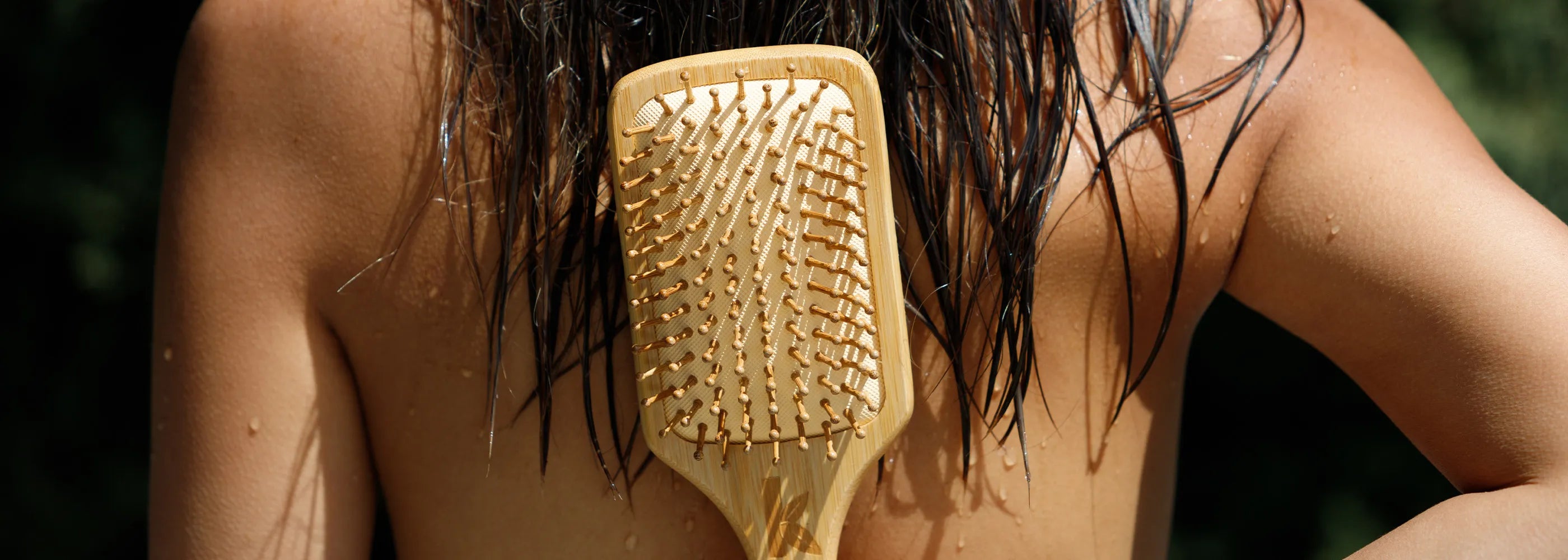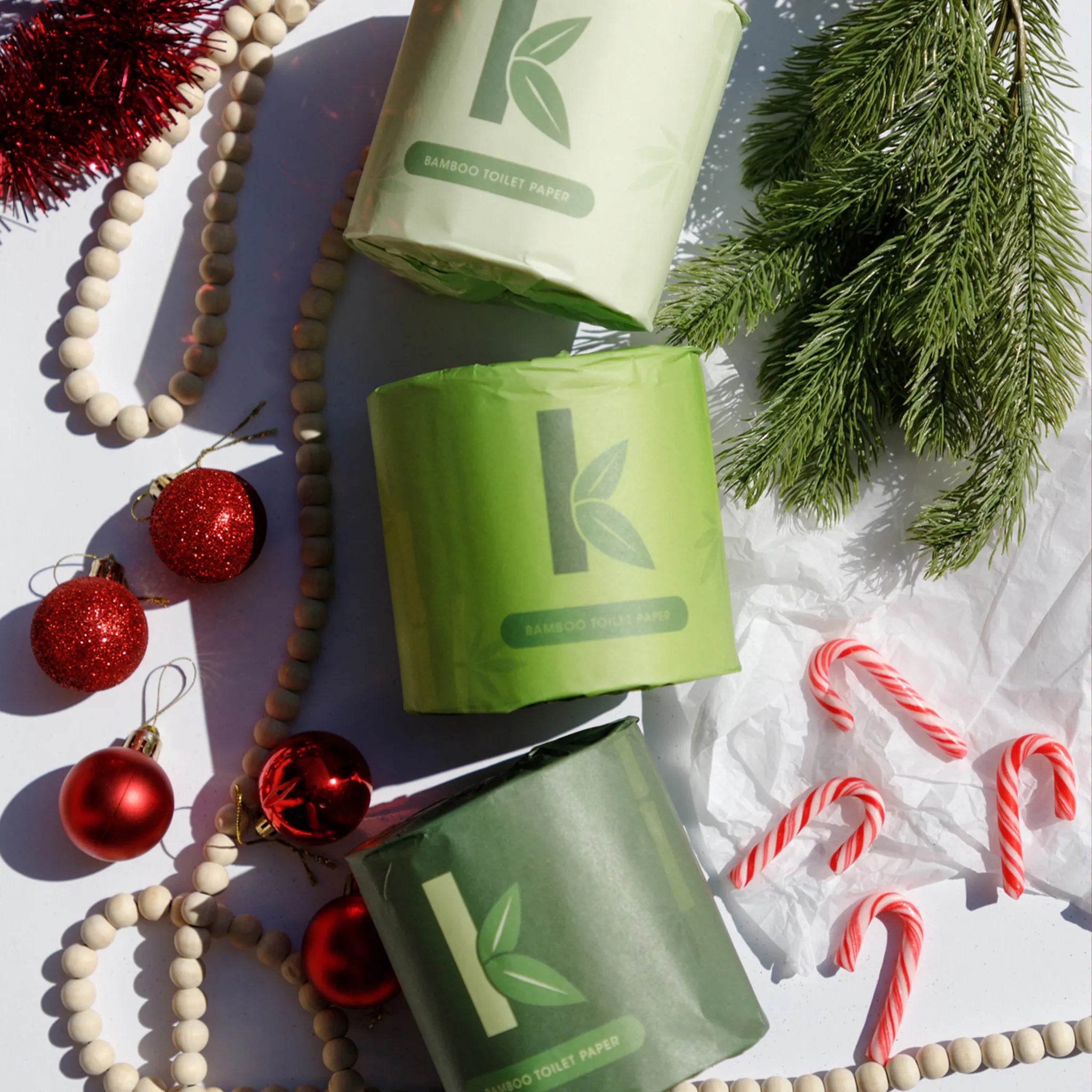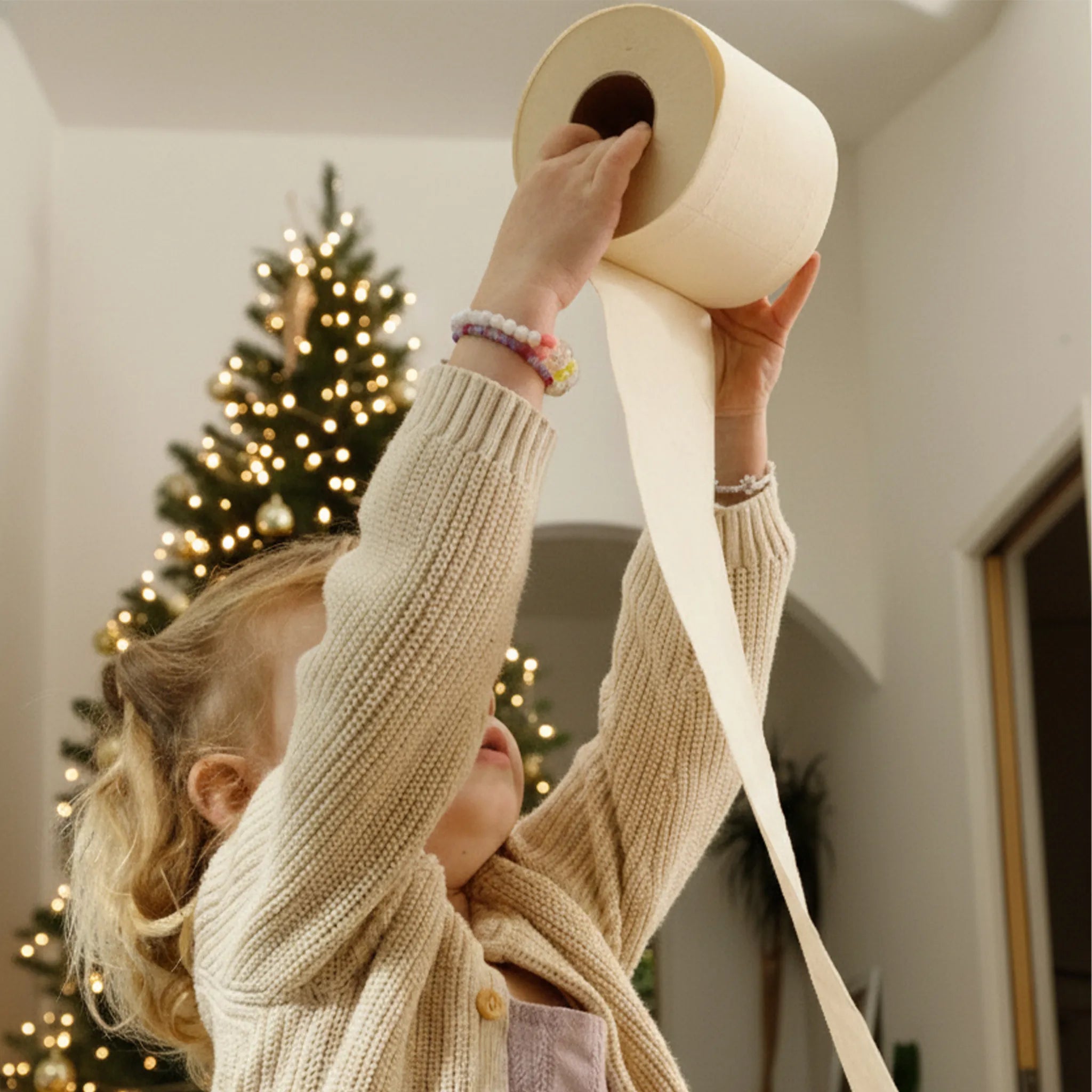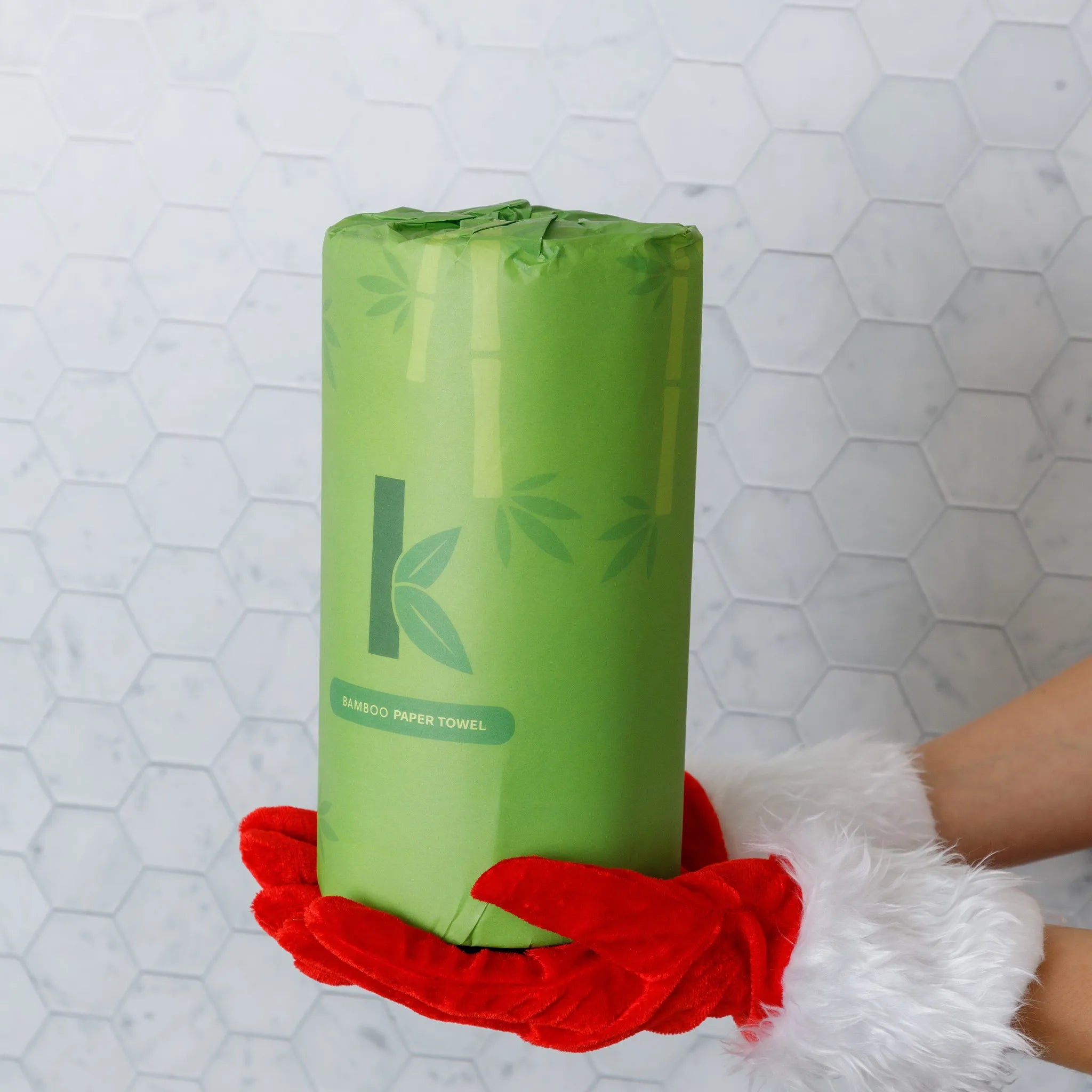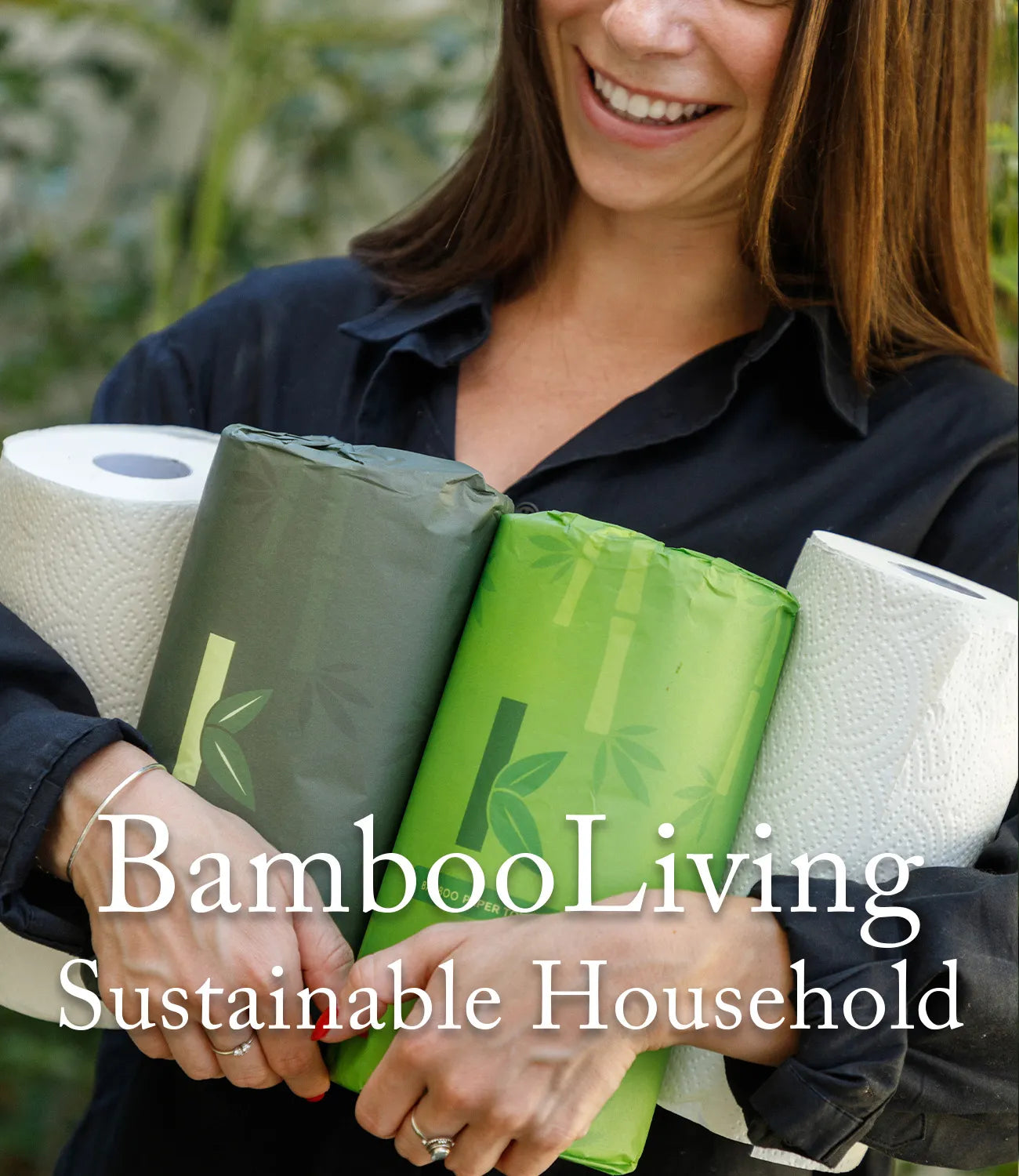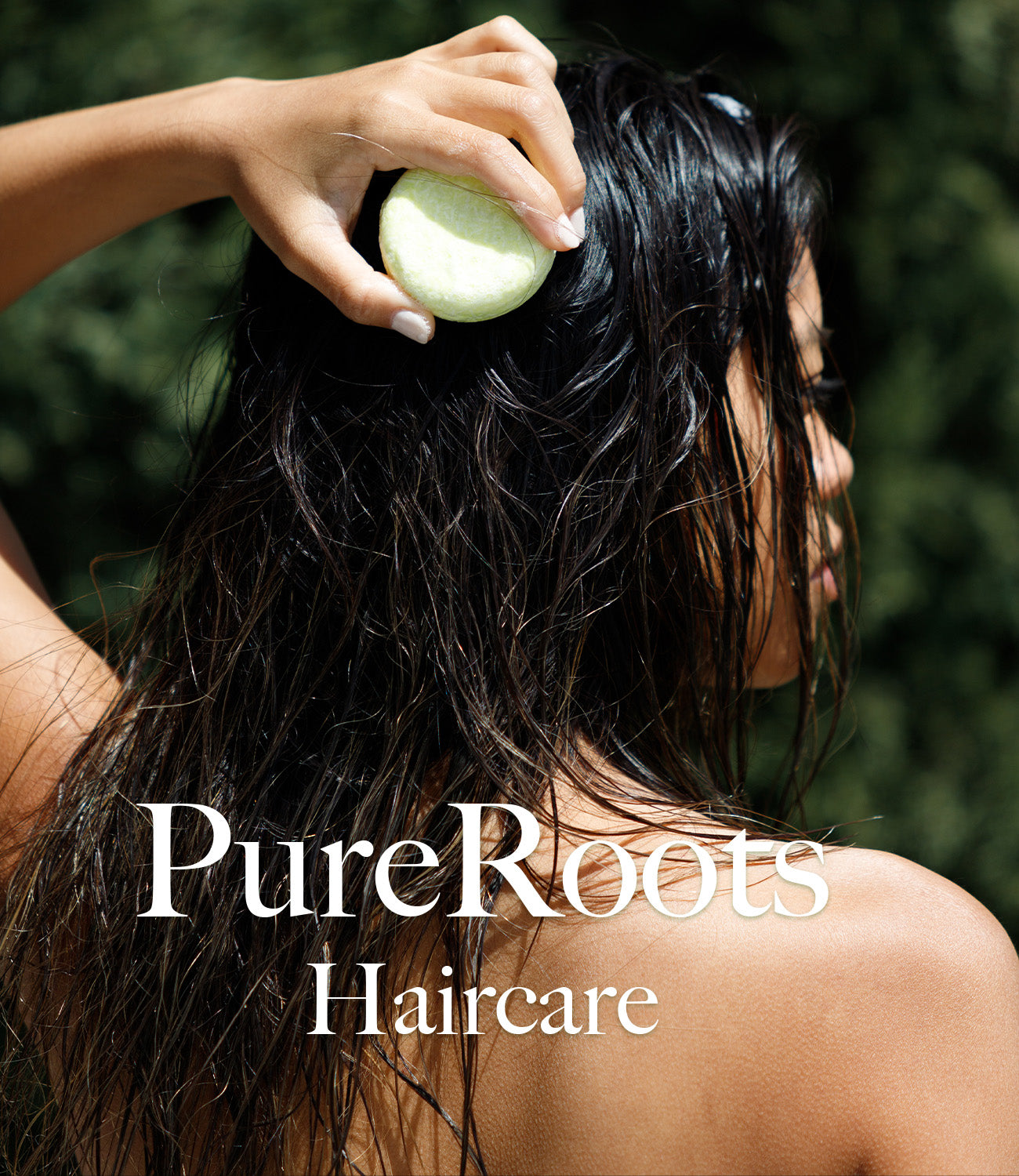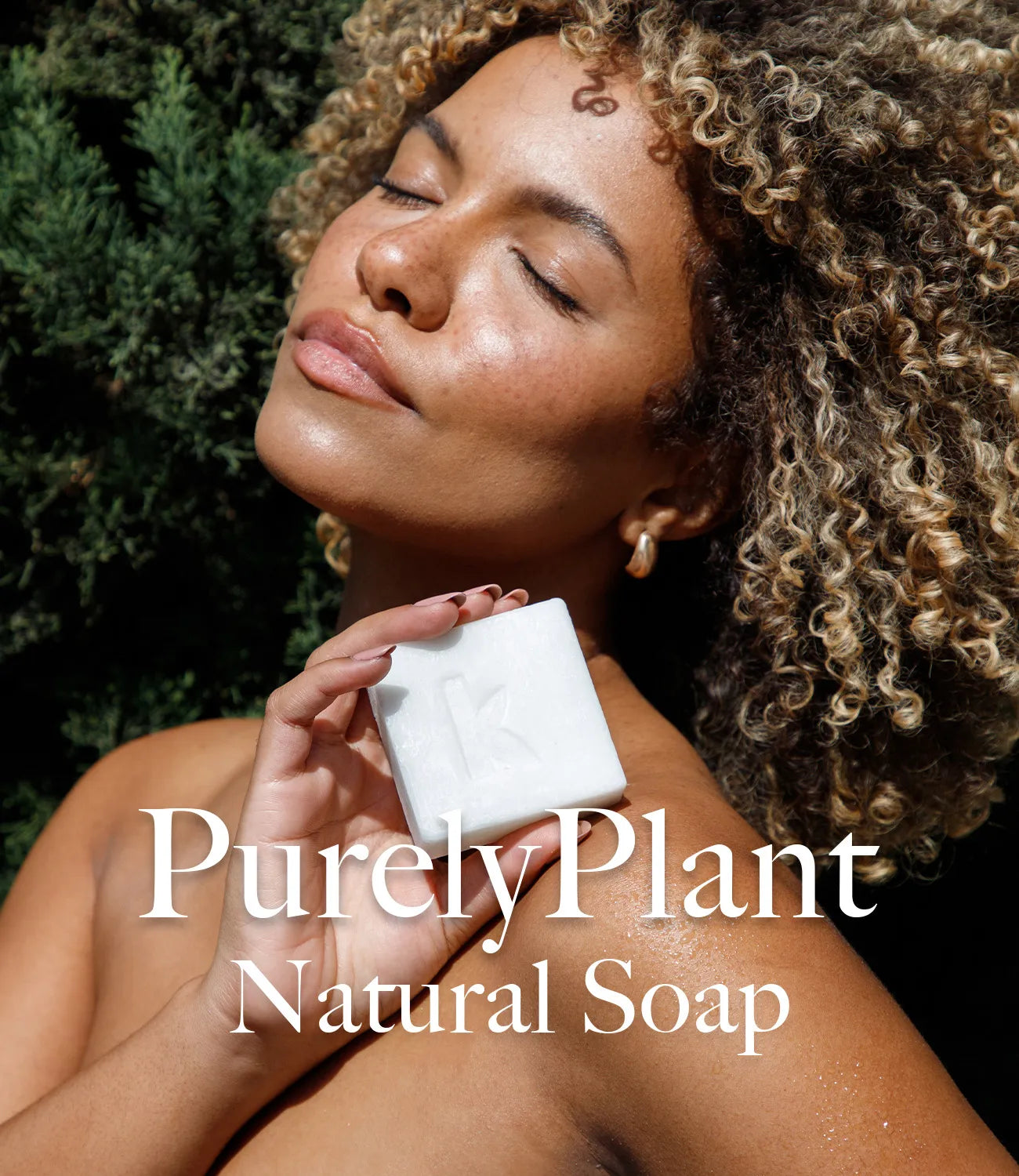Cleaning Your Bamboo Hairbrush
Bamboo hairbrushes have gained popularity in recent years due to their eco-friendly nature and numerous benefits for hair health. Made from sustainable bamboo, these hairbrushes are a great alternative to plastic brushes, offering a natural and gentle way to detangle and style hair. The bristles of bamboo brushes are designed to glide smoothly through the hair, reducing static and breakage, and promoting a healthier scalp by stimulating blood flow.
One of the primary advantages of bamboo hairbrushes is their environmental impact. Bamboo is a fast-growing, renewable resource that requires minimal water and no pesticides to grow. By choosing a bamboo hairbrush, you are making a conscious decision to reduce plastic waste and support a more sustainable planet. Additionally, bamboo brushes are biodegradable, meaning they won’t contribute to landfill waste at the end of their life cycle.
While bamboo hairbrushes are durable and effective, they require regular cleaning to maintain their performance and hygiene. Over time, hair, oil, dirt, and product residue can accumulate on the bristles and base of the brush. This build-up can lead to a less effective brushing experience, potentially transferring dirt and oils back to your hair and scalp. Moreover, a dirty hairbrush can become a breeding ground for bacteria and fungi, which can cause scalp irritation and other issues.
Why You Should Clean Your Hairbrush
Regular cleaning of your bamboo hairbrush is essential for several reasons:
- Hygiene: Removing hair, oils, and product residue from your brush helps prevent the growth of bacteria and fungi, ensuring that your brush remains clean and safe to use on your scalp and hair.
- Performance: A clean brush works more effectively, gliding smoothly through your hair without snagging or pulling. This helps reduce hair breakage and promotes a healthier scalp.
- Longevity: Proper maintenance and regular cleaning can extend the life of your bamboo hairbrush, ensuring that it remains a reliable tool in your hair care routine for years to come. Bamboo is a resilient material, but like any natural product, it benefits from care and attention.
- Eco-Friendliness: By maintaining your bamboo hairbrush, you are maximizing the use of a sustainable product, further supporting your commitment to environmental responsibility.
Materials for Cleaning A Bamboo Hairbrush
Cleaning your bamboo hairbrush is a straightforward process that requires only a few common household items. Gathering these materials in advance will ensure that you have everything you need for an effective and thorough cleaning session.
List of Necessary Materials
Mild Shampoo or Soap
Use a gentle, sulfate-free shampoo or a mild soap. These products are effective at removing dirt, oil, and product residue without damaging the bamboo or the bristles.
Small Bowl
A small bowl is needed to mix your cleaning solution. Ensure the bowl is clean and large enough to hold the soapy water and dip your brush into.
Old Toothbrush or Small Brush
An old toothbrush or a small cleaning brush is ideal for scrubbing the bristles and base of your bamboo hairbrush. The small size allows you to reach all the nooks and crannies effectively.
Towel
Have a clean towel on hand to dry your brush after cleaning. A towel is also useful for patting the brush dry and laying it out to air dry.
Water:
You’ll need lukewarm water for mixing the cleaning solution and rinsing the brush. Avoid using hot water, as it can damage the bamboo and the bristles.
Optional: Tea Tree Oil
Adding a few drops of tea tree oil to your cleaning solution can provide additional disinfectant properties. Tea tree oil is known for its antibacterial and antifungal benefits, which can help ensure your brush is thoroughly sanitized
With these materials ready, you can proceed to the next steps, which involve removing hair and debris, preparing the cleaning solution, and thoroughly cleaning your bamboo hairbrush. Taking the time to gather these items will make the cleaning process smoother and more effective, ensuring your bamboo hairbrush remains in excellent condition.
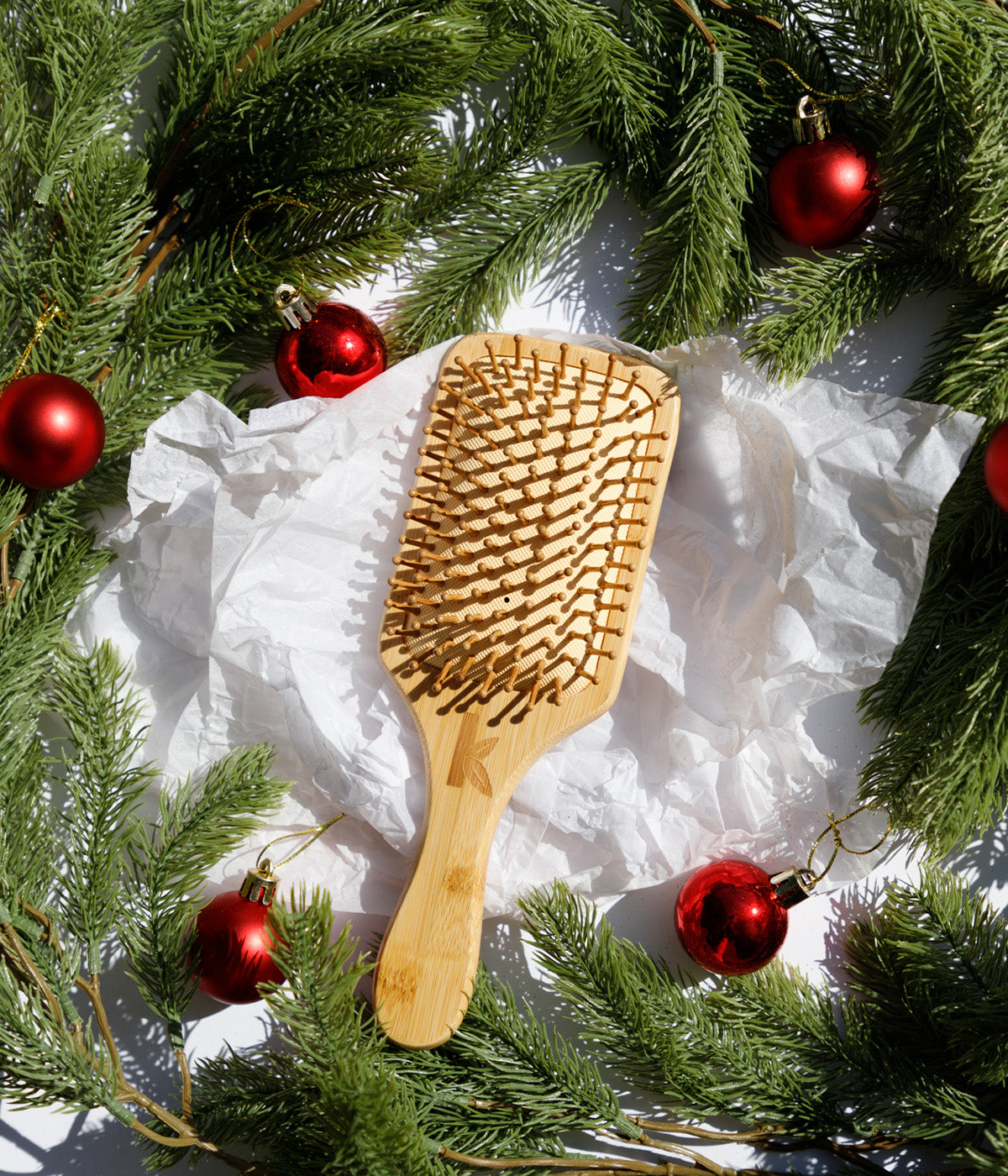
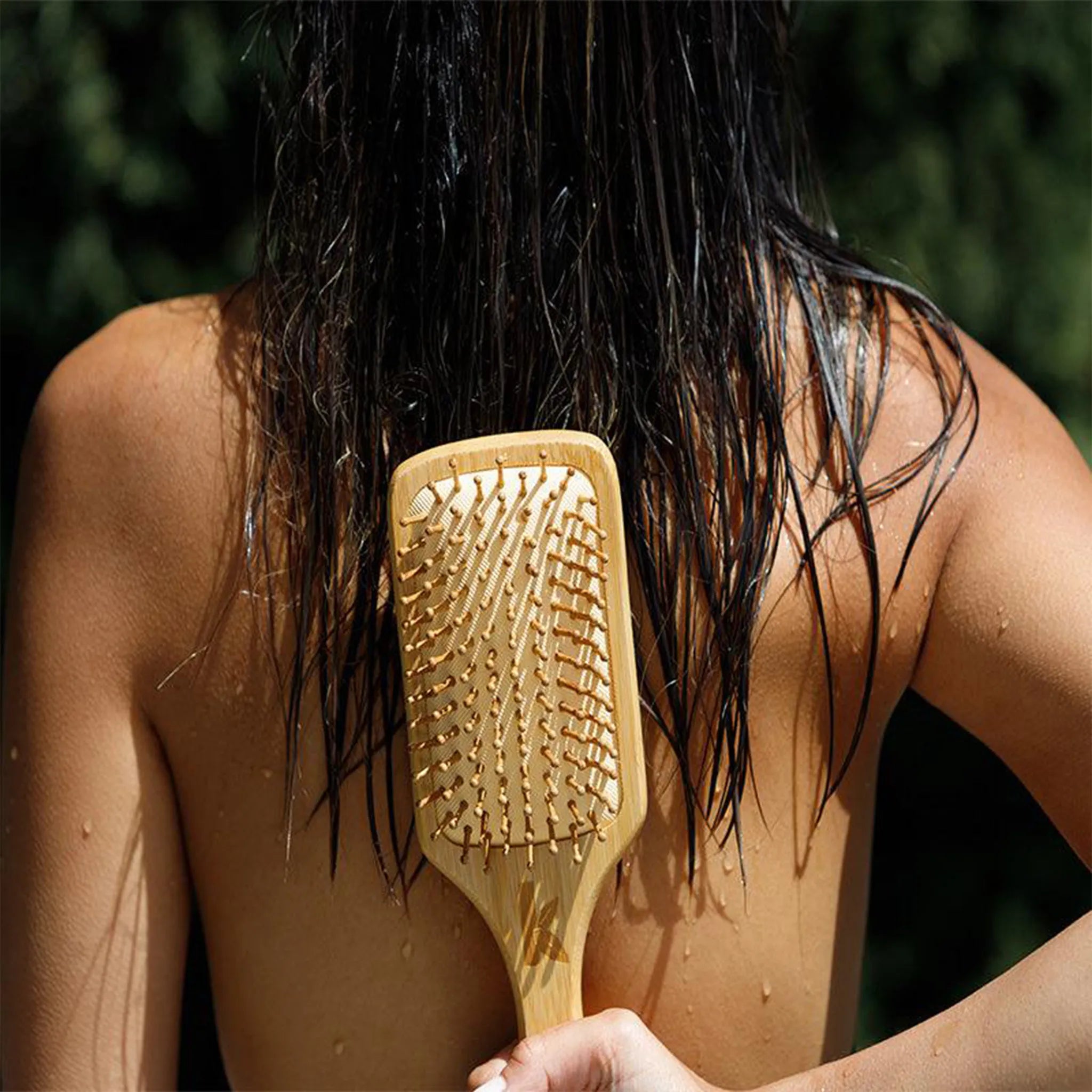
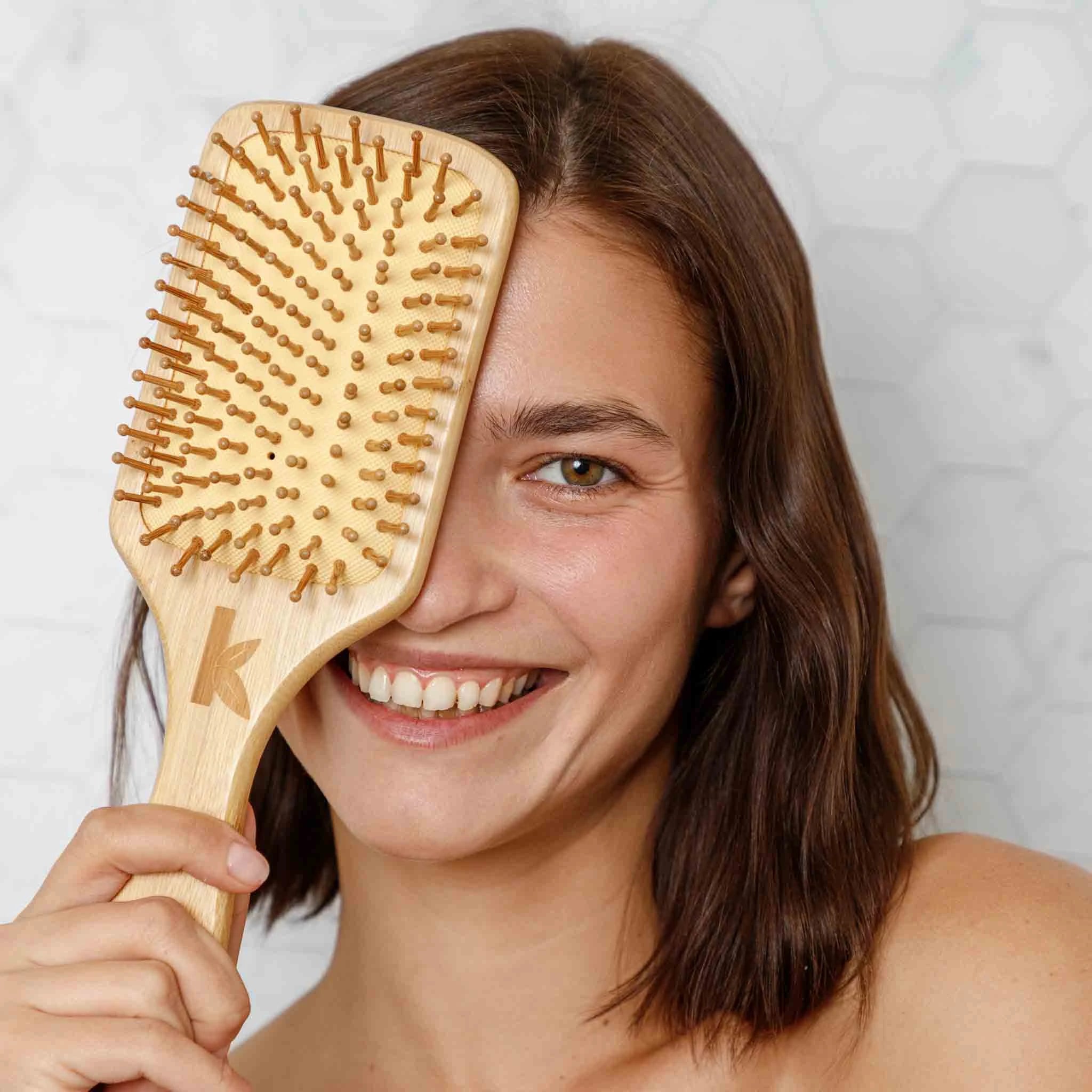
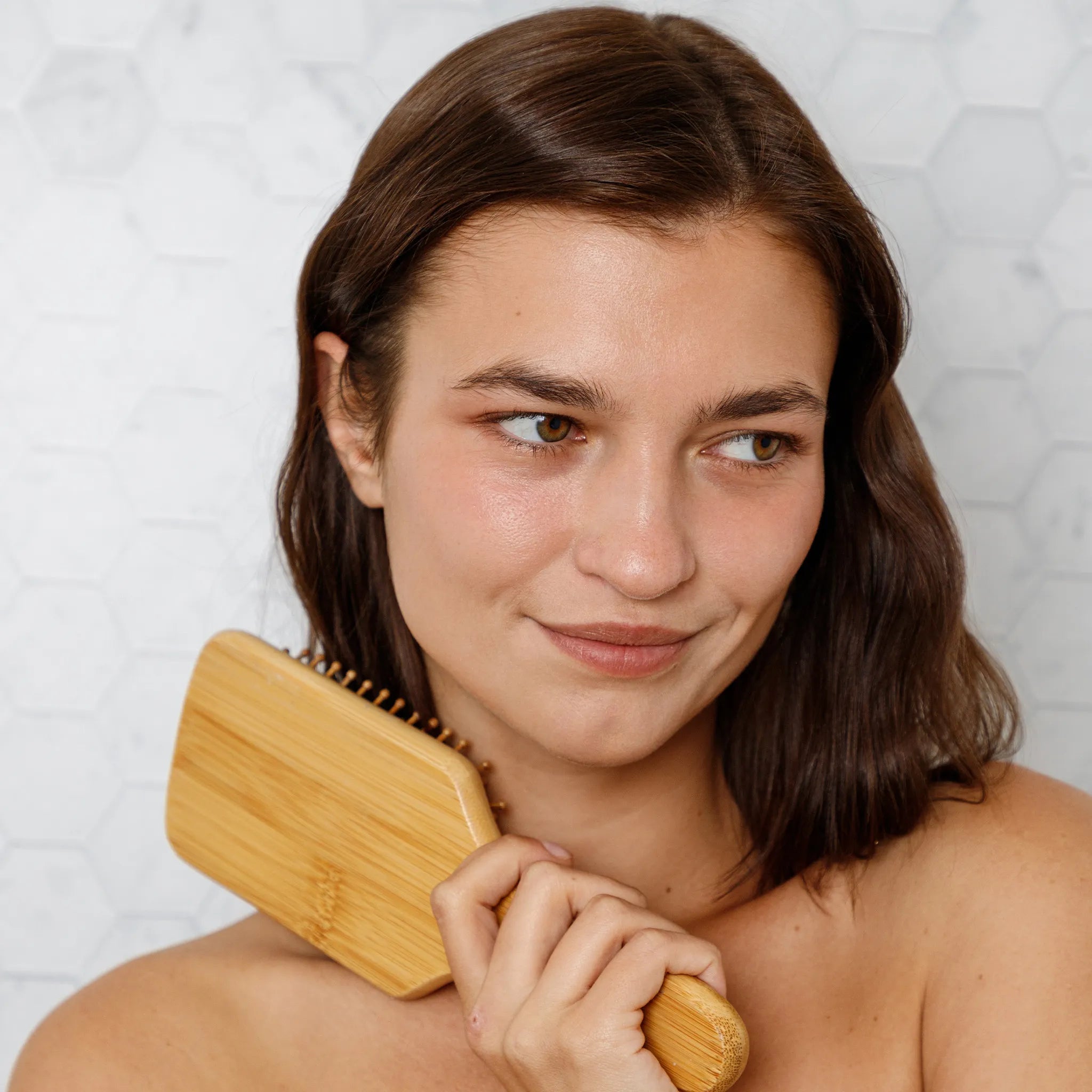
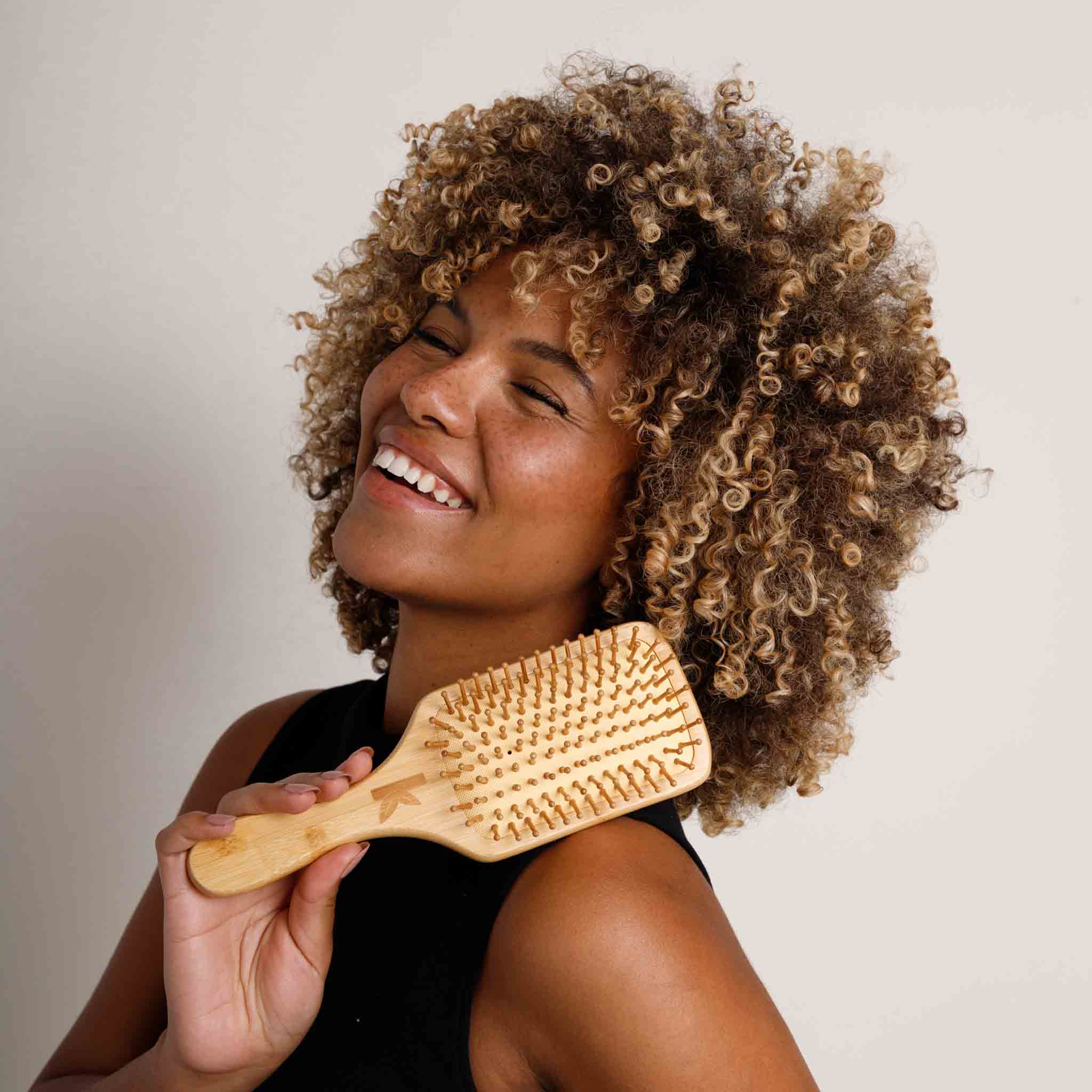
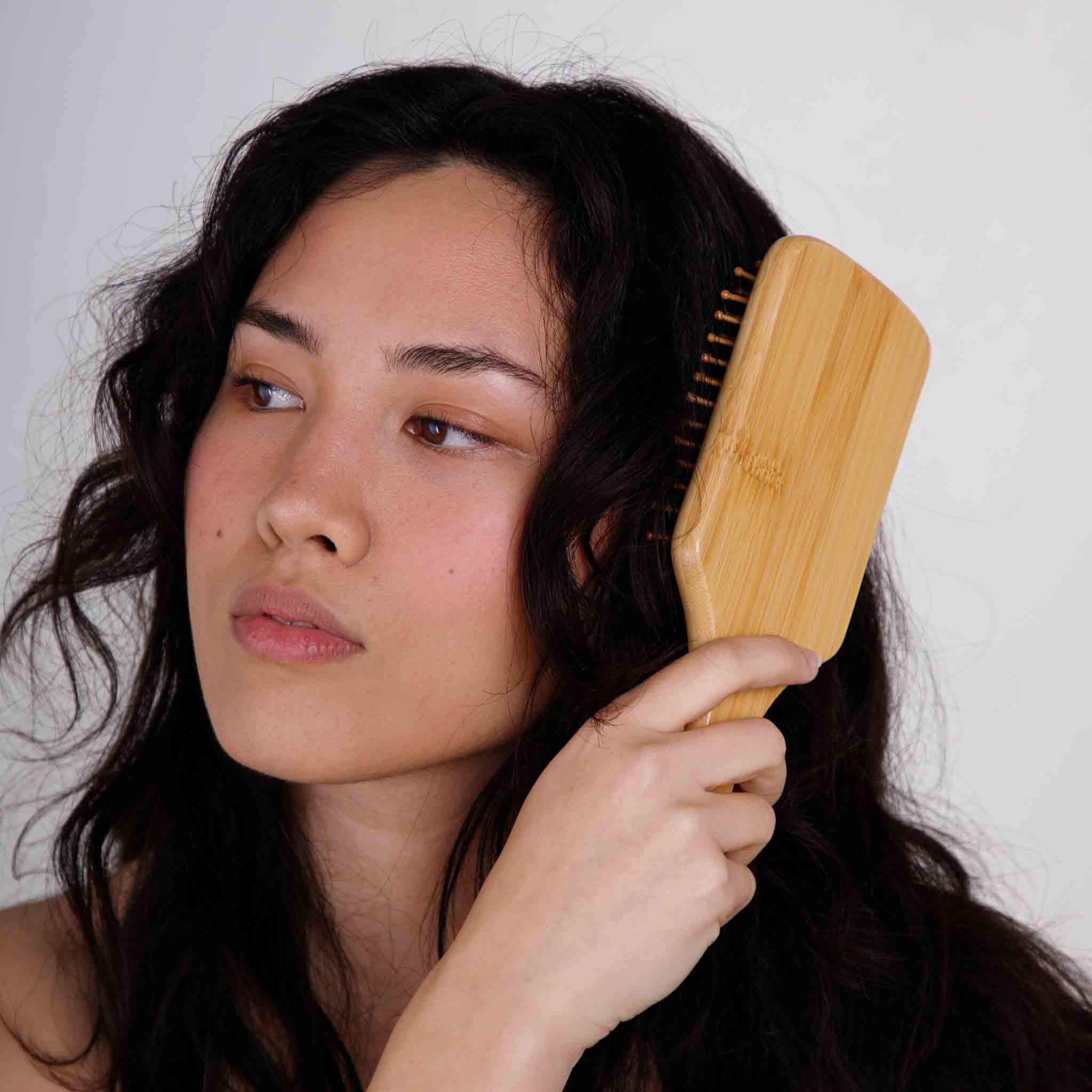
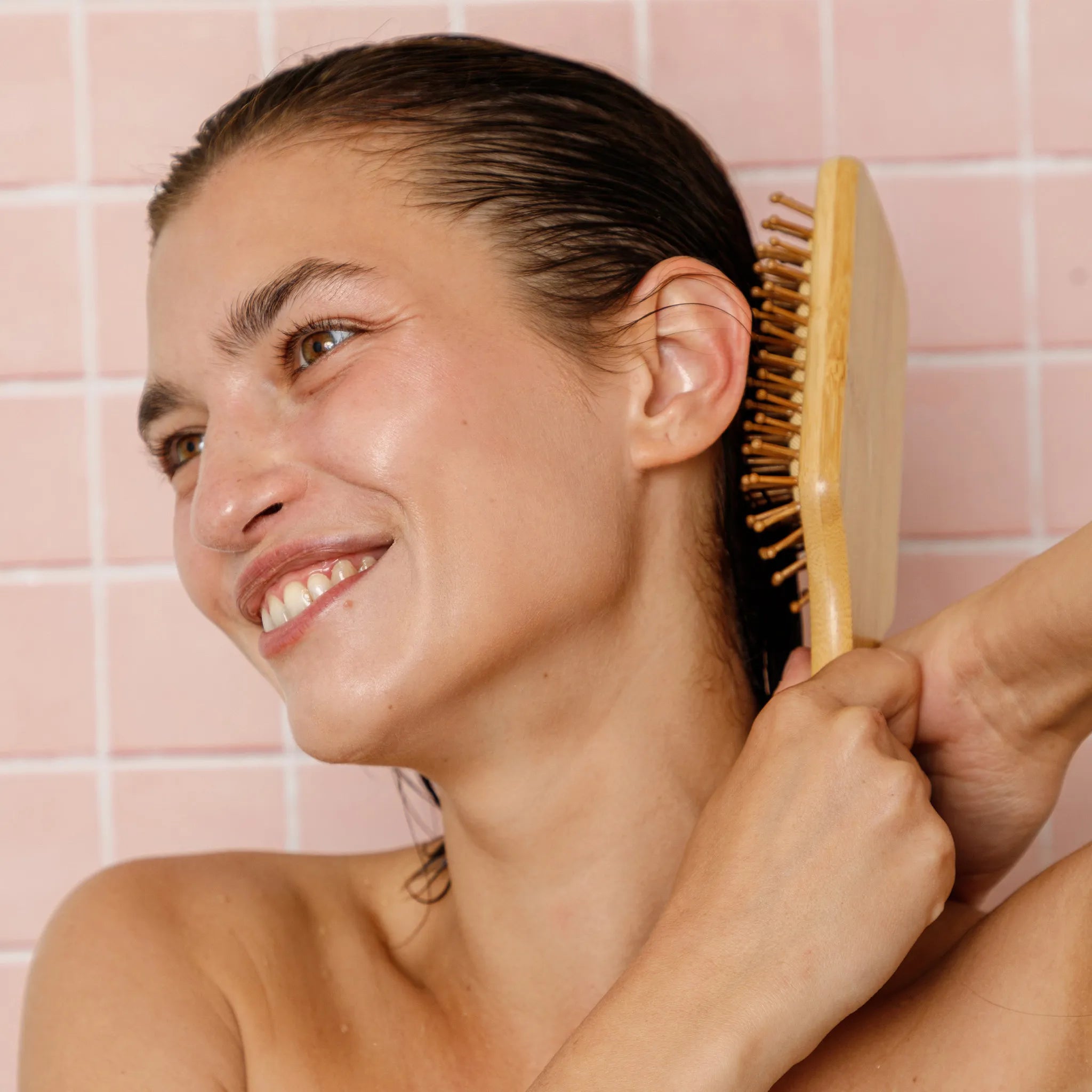
Description
✓ Eco-Friendly & Sustainable – Crafted from 100% natural bamboo
✓ Gentle Detangling – Glide through knots without pulling or breaking hair
✓ Promotes Healthy Scalp – Stimulates circulation and distributes natural oils
✓ Durable & Long-Lasting – Strong, lightweight, and for forever
✓ All Hair Types – Works effortlessly on straight, wavy, curly, and coily hair
Step-by-Step Guide to Cleaning Your Bamboo Hairbrush
Maintaining your bamboo hairbrush with regular cleaning is essential for optimal performance and longevity. Follow these steps to ensure your brush remains clean, hygienic, and effective.
Remove Hair and Debris
Remove Loose Hair
Begin by using your fingers or a comb to remove any loose hair from the bristles. This step helps to clear out the bulk of the hair, making the cleaning process more manageable.
Loosening Stubborn Hair and Debris
For hair and debris that are more stubborn and entangled, use a narrow-toothed comb or a pair of tweezers. Carefully work through the bristles to dislodge and remove these bits without pulling too hard, which could damage the brush.
Prepare the Cleaning Solution
Mix the Cleaning Solution:
Fill a small bowl with warm water. Add a few drops of mild shampoo or soap to the water and mix until you have a soapy solution. This solution will help break down oils and residues on the brush.
Optional: Add Tea Tree Oil:
For added antibacterial benefits, you can include a few drops of tea tree oil in the solution. Tea tree oil’s natural disinfectant properties will help ensure your brush is thoroughly cleaned.
Clean the Bristles
Dip the Cleaning Brush:
Dip an old toothbrush or small cleaning brush into the soapy water. The small brush will allow you to reach all areas of your bamboo hairbrush effectively.
Scrub the Bristles and Base:
Gently scrub the bristles and the base of the bamboo hairbrush. Focus on reaching all the crevices where dirt, oil, and product build-up can accumulate. Be thorough but gentle to avoid damaging the bristles or the bamboo base.
Avoid Excessive Moisture:
Take care not to soak the entire bamboo brush in water. Excessive moisture can damage the bamboo material, leading to swelling or cracking over time. Instead, focus on the bristles and use minimal water on the bamboo parts.
Rinse Thoroughly
Rinse Under Running Water:
Rinse the brush under running water to remove all soap residue. Ensure that all the bristles are clean and free from any remaining product build-up. This step is crucial to prevent any leftover soap from drying on the brush and causing stiffness.
Drying The Brush
Pat Dry with a Towel:
After rinsing, gently pat the brush dry with a clean towel to remove excess water. Ensure you do not rub too hard, as this could cause damage.
Air Dry Completely:
Lay the brush bristle-side down on a towel in a well-ventilated area to air dry completely. It’s essential to ensure the brush is fully dry before using it again to prevent mold and mildew growth.
Avoid Direct Sunlight and Heat Sources:
Do not expose the brush to direct sunlight or place it near heat sources like radiators or hairdryers. Prolonged exposure to heat can cause the bamboo to crack or warp.
By following these step-by-step instructions, you can keep your bamboo hairbrush clean and in excellent condition. Regular cleaning not only maintains the hygiene and performance of your brush but also extends its lifespan. With minimal effort and the right materials, your bamboo hairbrush will continue to provide you with gentle and effective hair care for years to come.
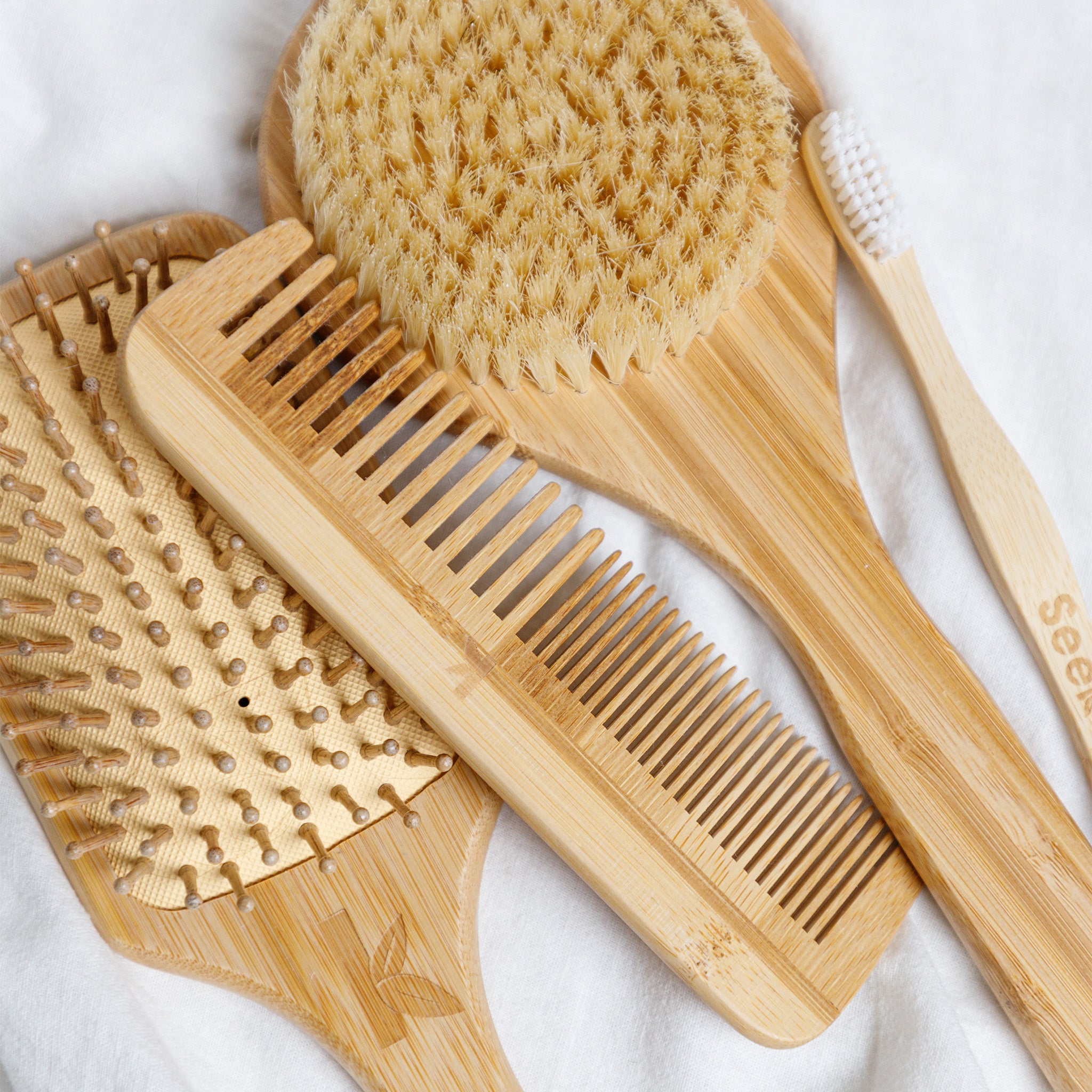
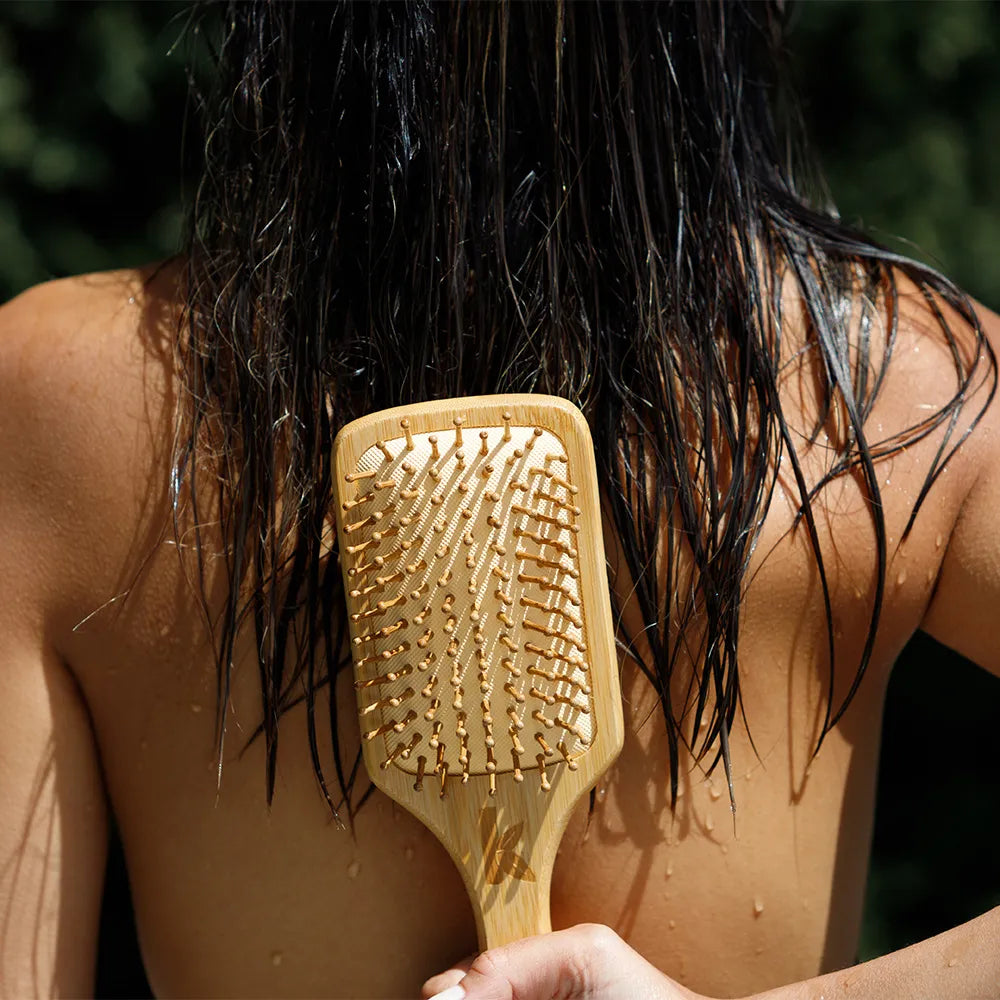
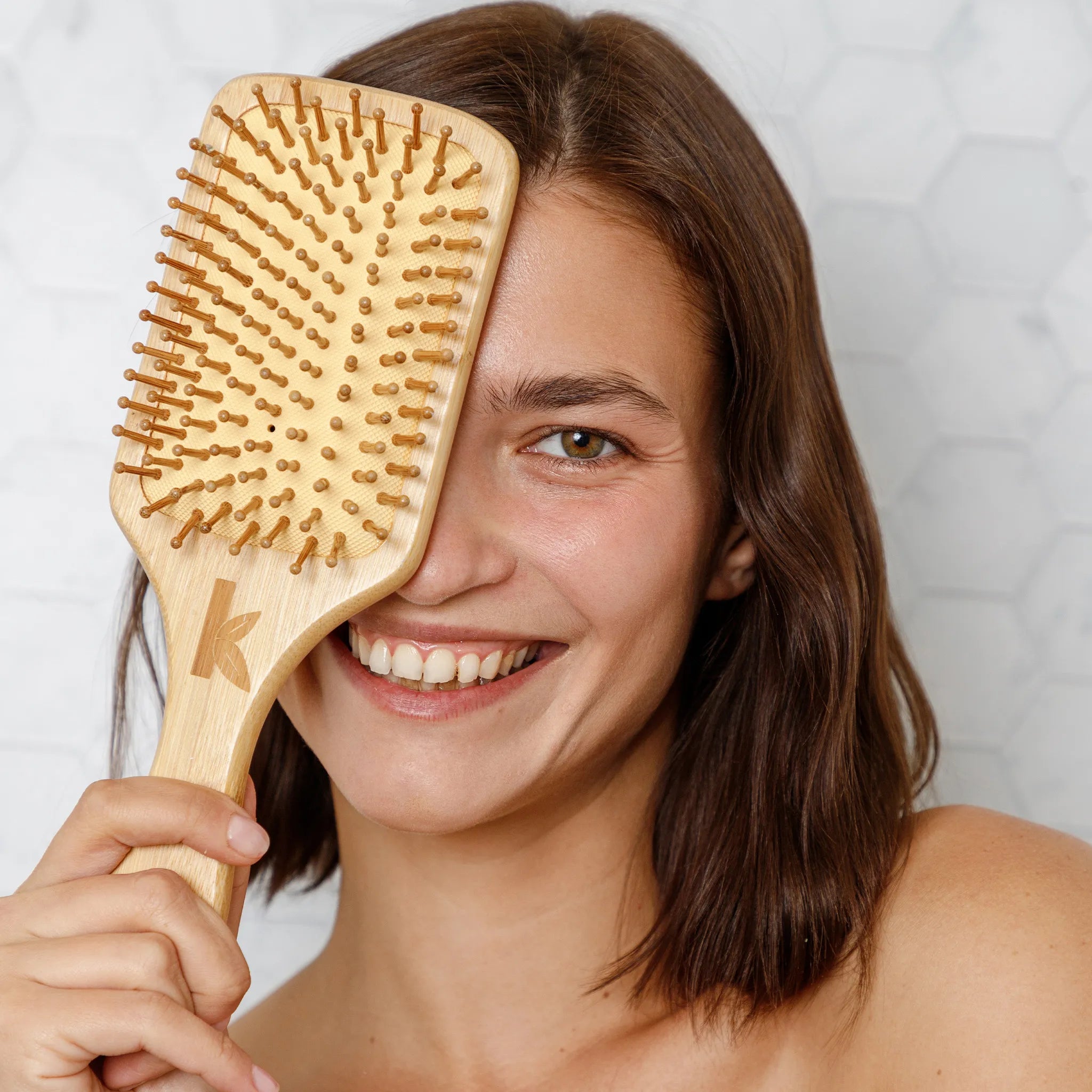
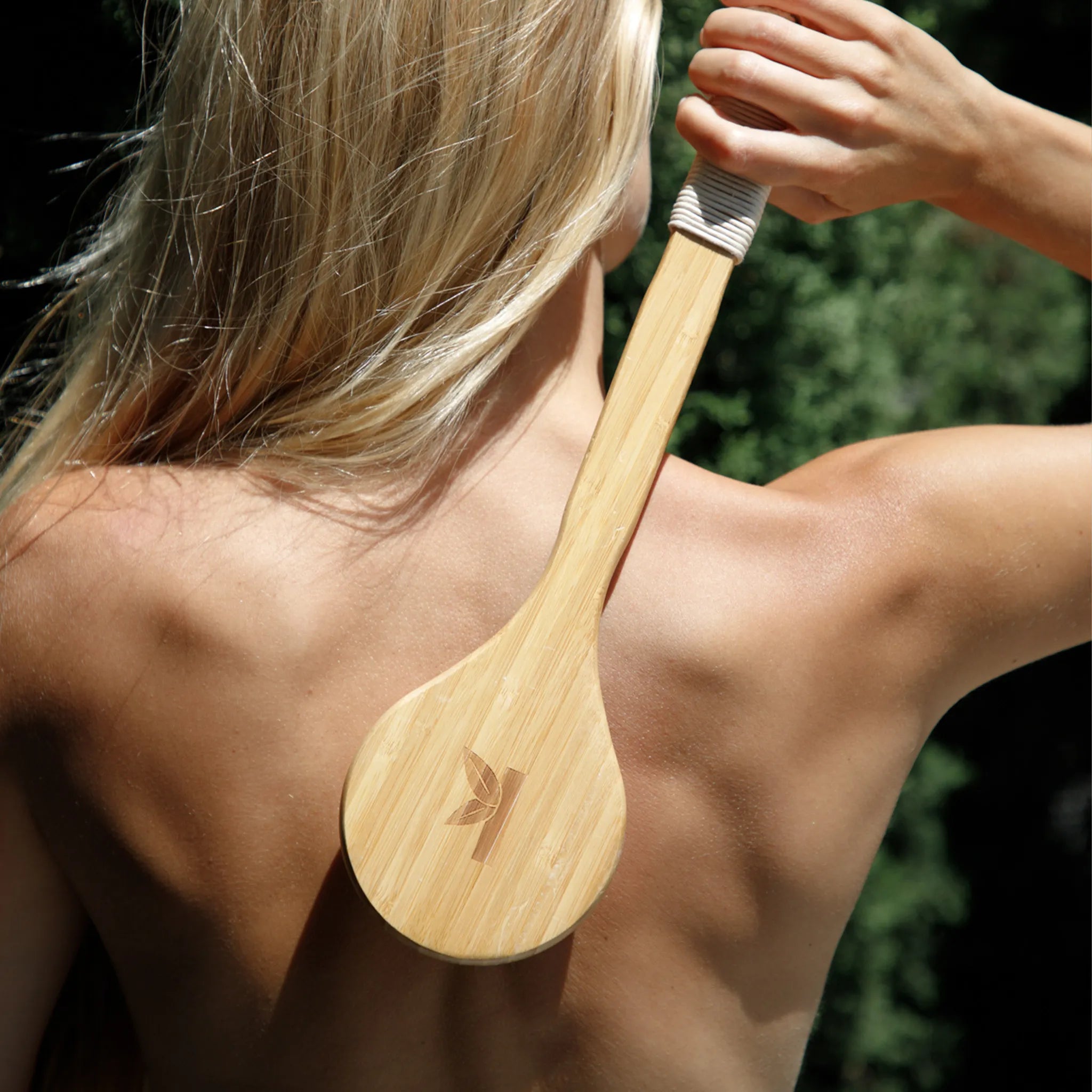

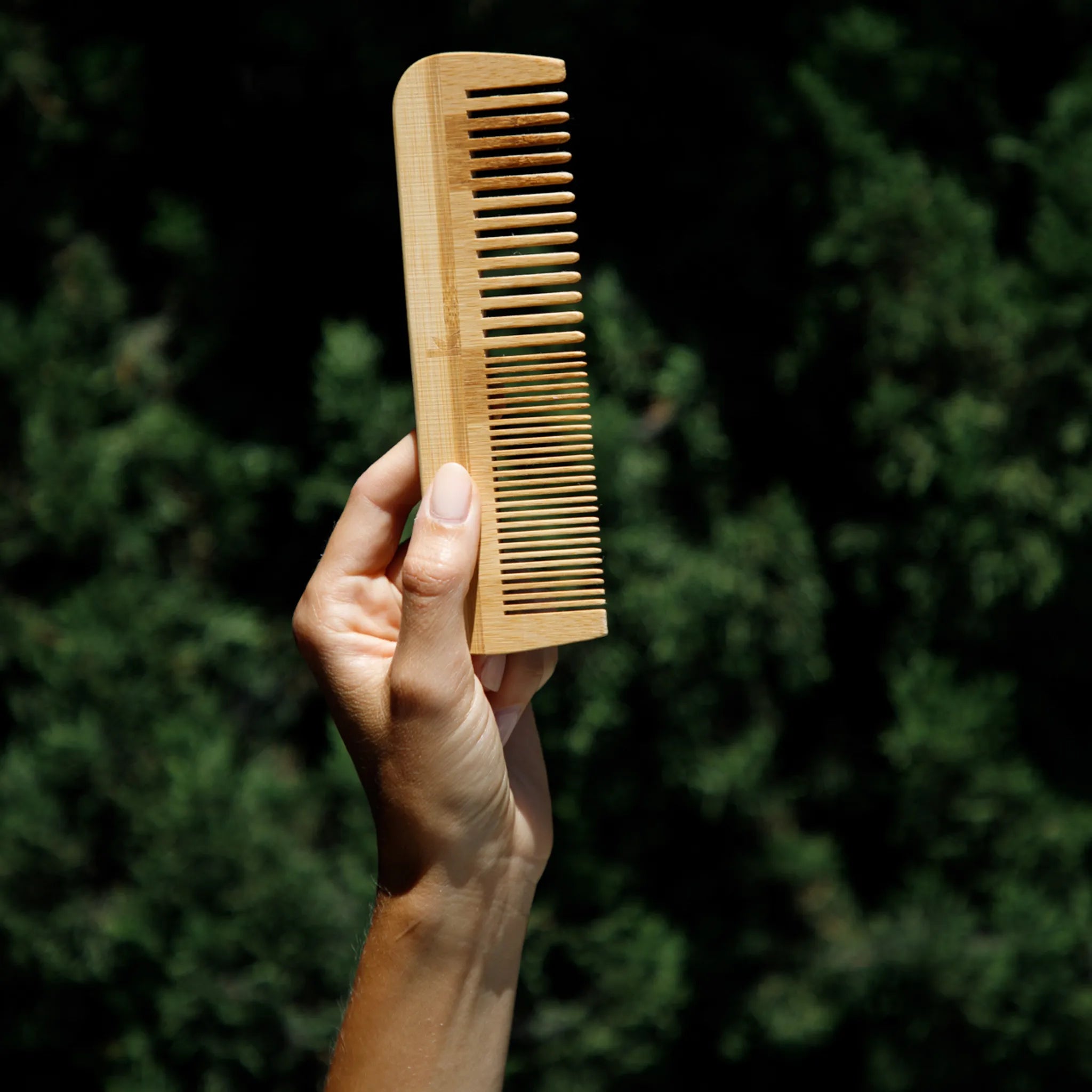

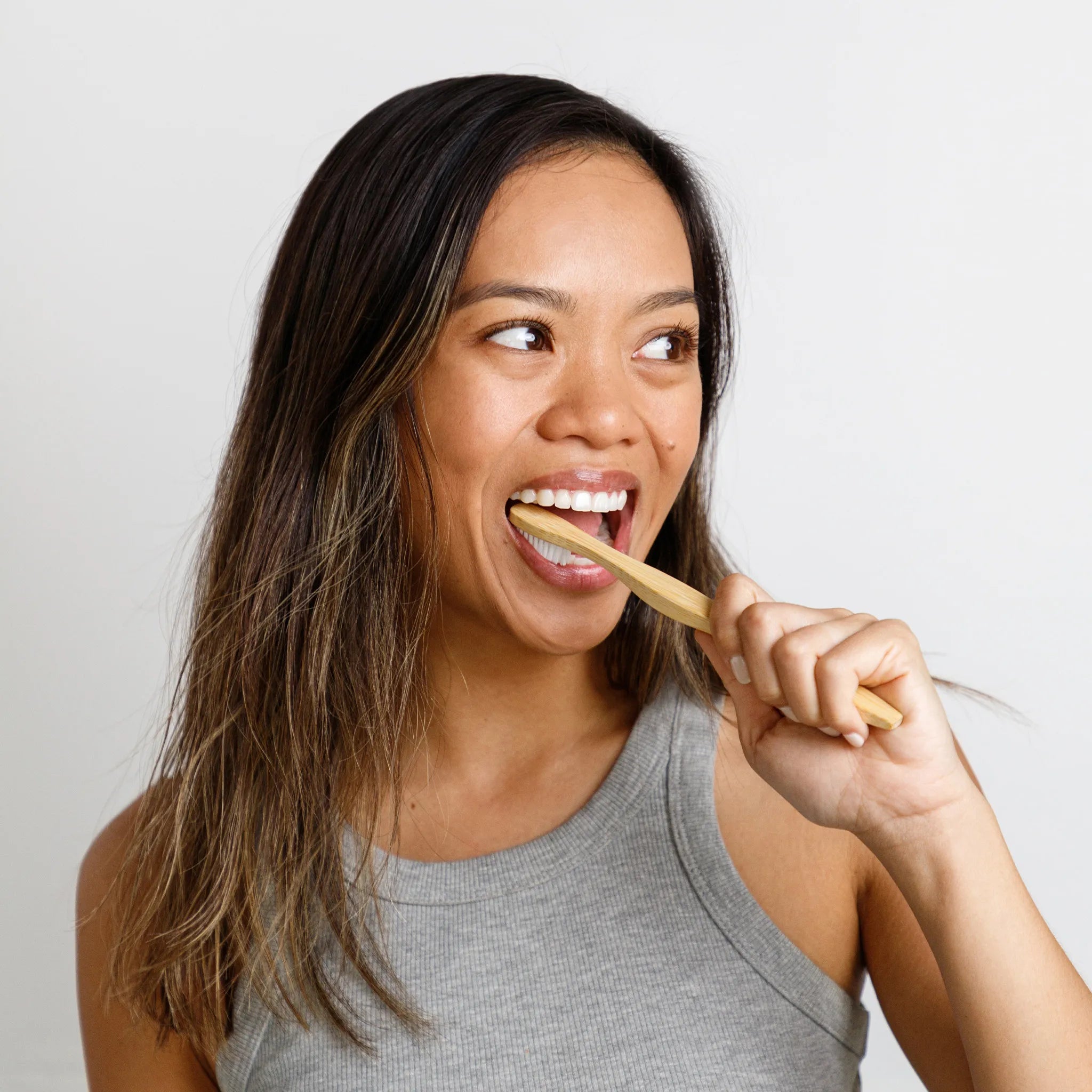
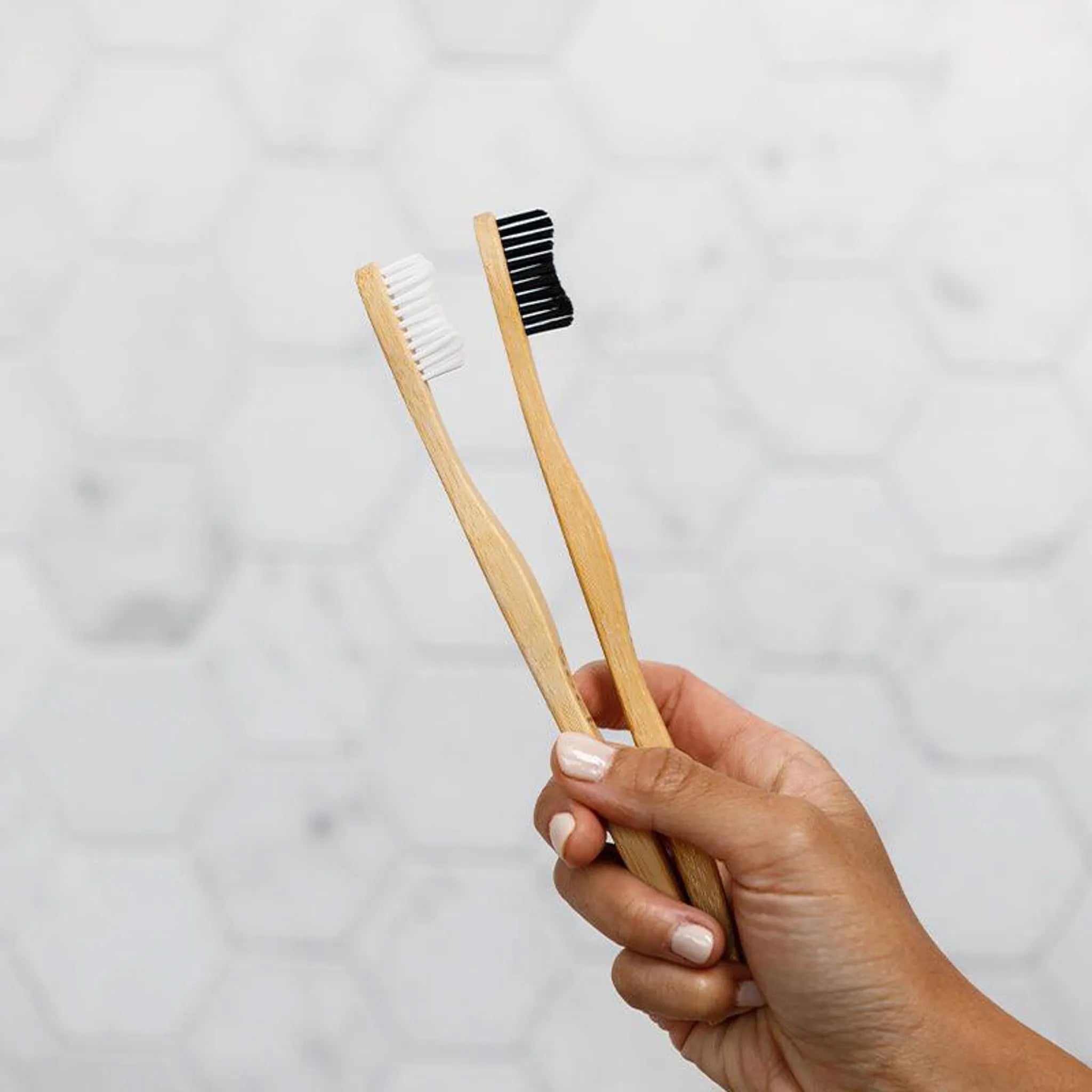
Description
✓ Includes four eco-friendly essentials: bamboo hairbrush, comb, dry body brush, and toothbrush for a complete sustainable self-care routine
✓ Plastic-free and made with durable, renewable bamboo for a planet-friendly grooming experience
✓ Promotes scalp health, smooth detangling, radiant skin, and dental care—naturally and effectively
✓ A perfect zero-waste gift or upgrade to your daily routine with timeless, sustainable tools
✓ Thoughtfully crafted to reduce waste and elevate your self-care while caring for the planet
Tips For Maintaining Your Hairbursh
Maintaining your bamboo hairbrush with regular care can ensure its longevity and effectiveness. Here are some practical tips to keep your bamboo hairbrush in excellent condition:
Regularly Remove Hair After Each Use
Minimize Build-Up
After each use, take a few moments to remove any loose hair from the bristles of your bamboo hairbrush. Using your fingers or a narrow-toothed comb, gently lift and discard any hair that has accumulated. This simple step helps prevent excessive build-up of hair, dirt, and product residue, making your brush easier to clean during deep cleaning sessions.
Preventing Tangles
Regularly removing hair also prevents tangles and knots from forming between the bristles. Tangles can make the cleaning process more challenging and can potentially damage the bristles if not addressed promptly.
Common Mistakes to Avoid When Cleaning Your Bamboo Hairbrush
Keeping your bamboo hairbrush clean is essential for maintaining its effectiveness, ensuring your personal hygiene, and supporting environmental sustainability. Regular cleaning removes hair, dirt, oil, and product residue, preventing build-up that can lead to scalp issues and reduce the brush’s performance. By following the simple yet effective cleaning steps outlined in this guide, you can extend the life of your bamboo hairbrush and continue to enjoy its numerous benefits.
Incorporating these cleaning practices into your regular hair care routine ensures that your bamboo hairbrush remains a reliable and hygienic tool. Regular maintenance not only enhances the brush’s performance but also contributes to healthier hair and scalp. By taking a few minutes to clean your brush every few weeks and removing hair after each use, you can keep your brush in top condition.
Bamboo Brush Bliss: Easy Cleaning Guide
Keep Your Hairbrush Fresh and Fabulous!
Why do I need to clean my bamboo hairbrush?
Cleaning your bamboo hairbrush is essential to remove accumulated hair, dirt, oils, and product residue. Regular cleaning maintains the brush’s effectiveness, ensures good hygiene, and extends the life of the brush.
How often should I clean my bamboo hairbrush?
It’s recommended to clean your bamboo hairbrush every two weeks or as needed based on usage. Regular maintenance helps keep the brush in optimal condition and prevents build-up.
What materials do I need to clean my bamboo hairbrush?
You’ll need mild shampoo or soap, a small bowl, an old toothbrush or small cleaning brush, a towel, and water. Optionally, you can add a few drops of tea tree oil for its antibacterial properties.
How do I remove hair and debris from the brush?
Use your fingers or a comb to gently lift and remove loose hair from the bristles. For stubborn hair and debris, use a narrow-toothed comb or tweezers to carefully dislodge and remove them.
Can I soak my bamboo hairbrush in water?
No, you should avoid soaking the entire brush in water as it can damage the bamboo, causing it to swell, crack, or warp. Focus on cleaning the bristles and base with minimal water exposure.
How do I prepare the cleaning solution?
Mix warm water with a few drops of mild shampoo or soap in a small bowl. If desired, add a few drops of tea tree oil for additional antibacterial benefits. Stir the solution until it’s soapy.
What’s the best way to clean the bristles?
Dip an old toothbrush or small cleaning brush into the soapy water and gently scrub the bristles and base of the bamboo hairbrush. Ensure you reach all crevices and avoid soaking the bamboo.
How do I rinse the bamboo hairbrush?
Rinse the brush under running water to remove all soap residue. Make sure the bristles are thoroughly cleaned and free from any remaining product build-up.
How should I dry my bamboo hairbrush?
Pat the brush dry with a towel to remove excess water. Then, lay it bristle-side down on a towel in a well-ventilated area to air dry completely. Avoid placing it in direct sunlight or near heat sources.
What are common mistakes to avoid when cleaning my bamboo hairbrush?
Avoid soaking the brush in water, using harsh chemicals, and skipping regular cleaning. These practices can damage the bamboo and bristles, reducing the brush’s effectiveness and lifespan.
How can I maintain my bamboo hairbrush between cleanings?
Remove hair from the brush after each use to minimize build-up. Store the brush in a dry place to prevent mold and mildew growth, and avoid exposing it to high heat or direct sunlight.


